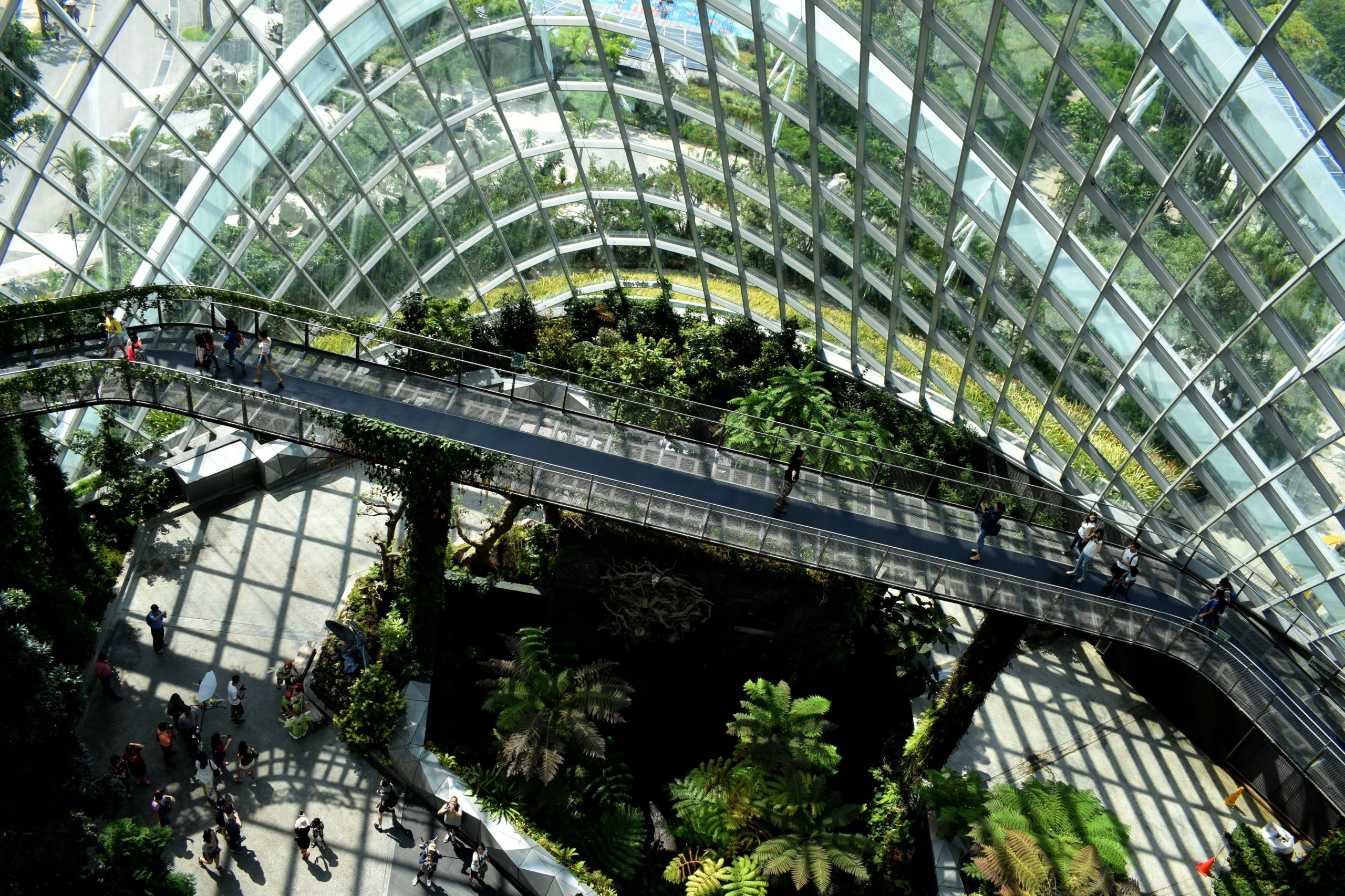3 Aug. 2023

When it comes to heating, ventilation, and air conditioning (HVAC) systems, a building manager’s main focus is usually temperature control. However, humidity control is equally, if not more, important.
A facility’s air humidity levels affect the people inside and the building itself. High humidity levels can cause extensive damage to buildings and can even create an unhealthy environment for occupants.
Common sources of moisture in buildings include rainwater, surface water, groundwater, plumbing water, and other indoor and outdoor sources of humidity.
According to the Environmental Protection Agency (EPA), too much moisture in a building can cause significant damage including mold, bacteria, rotting of wood, paint damage, corrosion of building materials, and many others. Not to mention, high humidity levels can also lead to health defects such as allergies, asthma symptoms, and other respiratory problems.
Humidity control helps extend the life of buildings and keeps employees within facilities healthier and more comfortable. Controlling the moisture levels of a facility can fight off mold and corrosion, protect employees from negative health effects, and conserve their indoor environment.
According to The American Society of Heating, Refrigerating and Air-Conditioning Engineers (ASHRAE), building managers should consider maintaining the indoor relative humidity (RH) of their facility at 40-60%. Dry air below 40% can reduce health immune system function and even increase the transmission of some airborne diseases. Wet air above 60% increases the likelihood of allergens, causes mold, and makes buildings feel hot and sticky–thus making the work environment less comfortable and productive.
The first and simplest way to control humidity is through passive ventilation, which is done by just opening windows. Studies have shown that opening windows wide for just 10–15 minutes each day can lower moisture levels inside a house, making the environment safer and more comfortable.
HVLS fans are fans that operate on high volume and low speed. They improve air circulation and make it more comfortable for employees, thus providing a healthier environment with improved ventilation and air quality. The fans feature large blades that move big volumes of air effectively, thus producing slow-moving columns of air that prevent dust and debris from circulating.
By using an extractor fan in the bathroom, a range hood in the kitchen, or using only externally vented gas heaters, one can remove moisture directly from the source. However, this becomes tough when the source is not as easily identified or if the humidity levels have already become too high.
Climate technology is the most innovative and effective way to combat building humidity.
Setpoint’s Climate Intelligence platform senses room occupancy, temperature, humidity, and openings. It adjusts climate settings to maximize comfort by syncing the operation of all HVAC units in the building.
Setpoint’s dehumidification feature is based on existing air-conditioning infrastructure which makes it easy to manage. With our AI-driven dehumidification control sequence, our room-specific sensors monitor humidity levels from any place, at any time. Through innovative controlled overcooling, vapors can condense, and the temperature setpoint can be dynamically modified for optimal humidity levels.
A quick installation of the suite of OakSense Temperature / Humidity sensors in strategic locations gives an accurate reading of external temperature and humidity, providing essential data for smart climate management.
With Climate Intelligence, you can ensure that your building is safe and durable. Technologically-driven solutions are the ultimate key to co-existing with our environment.
Don’t stress about humidity levels anymore, learn more about our Climate Intelligence Platform here: www.setpoint.ai